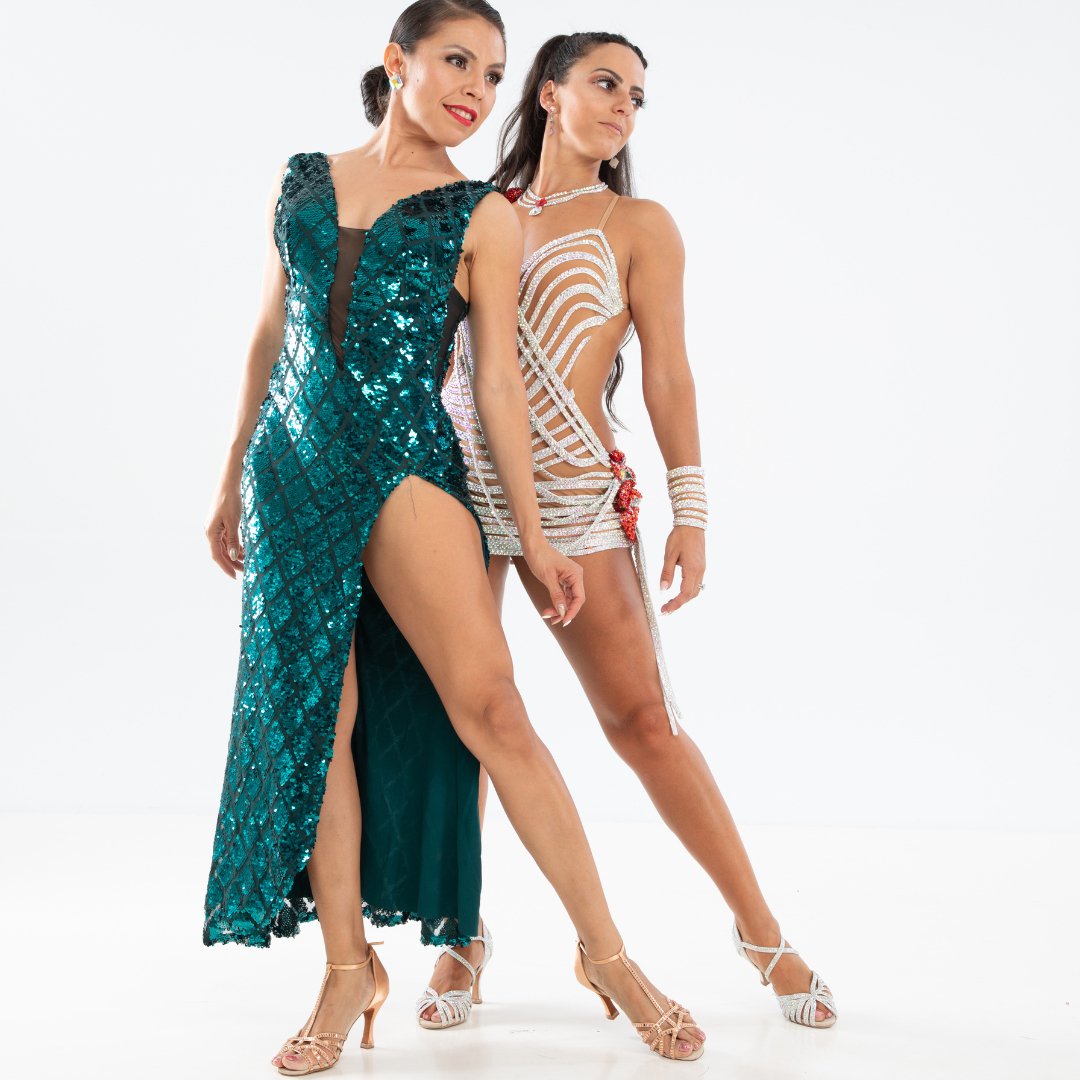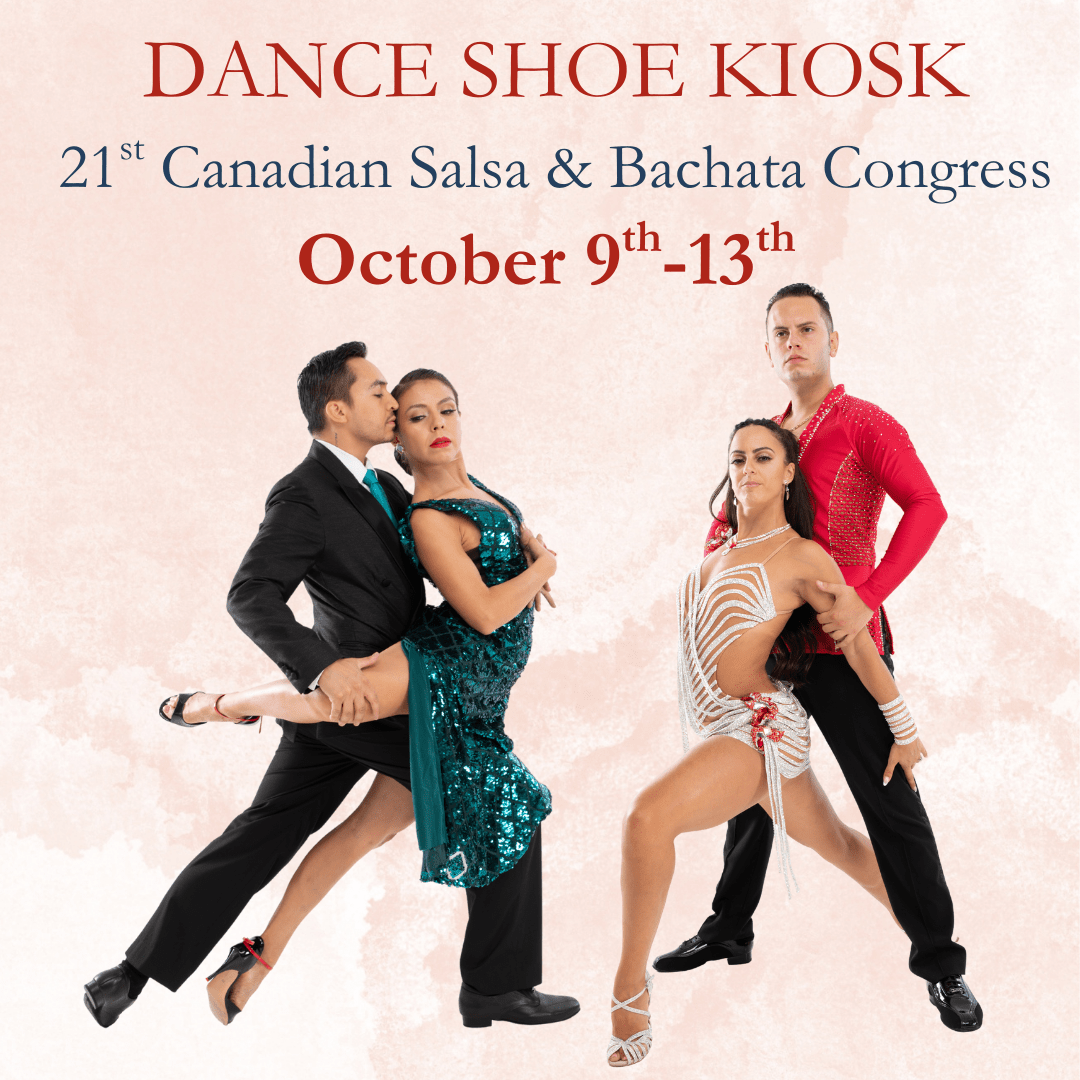The Pioneers of Movement: Celebrating Important Women Dancers in History
The world of dance has been profoundly shaped by the creativity, resilience, and unparalleled talent of numerous women. From classical ballet to modern dance and beyond, women have not only excelled in the art form but have also revolutionized it, breaking barriers and setting new standards. In this exploration, we celebrate a few of these remarkable women whose contributions have left an indelible mark on the history of dance.
Anna Pavlova (1881-1931)
One cannot speak of ballet without mentioning Anna Pavlova, the Russian prima ballerina renowned for her technical purity, delicate precision, and ethereal quality. Pavlova brought ballet to the world, touring across continents at a time when ballet was mostly confined to Europe. Her most iconic role was "The Dying Swan," a solo choreographed by Michel Fokine, which became synonymous with Pavlova's artistry. Through her global tours, Pavlova popularized ballet worldwide, making it accessible to those who had never experienced it.
Martha Graham (1894-1991)
Martha Graham is often referred to as the "Mother of Modern Dance." She fundamentally changed the dance landscape by introducing a new movement language that expressed complex emotions and human experiences. Graham's technique centered on the breath and the contraction and release of muscles, showcasing a dramatic departure from classical ballet. Her choreographic works, such as "Appalachian Spring" and "Lamentation," are celebrated for their emotional depth and have influenced countless dancers and choreographers.
Isadora Duncan (1877-1927)
Isadora Duncan is hailed as a pioneer of contemporary dance. Rejecting the rigidity of ballet, she advocated for natural movement, drawing inspiration from the classical Greek arts, social dances, and nature itself. Duncan's style emphasized freedom: of movement, expression, and costume. She danced barefoot, wearing flowing tunics that allowed unrestricted movement, a stark contrast to the tight-fitting ballet costumes. Duncan's legacy is her belief in dance as an expression of personal and social liberation.
Katherine Dunham (1909-2006)
Katherine Dunham was not only a groundbreaking dancer but also an anthropologist. She is credited with bringing African and Caribbean influences into American dance, creating a fusion that was entirely new to the audience of her time. Dunham's "Dunham Technique" is a cornerstone in American dance, blending modern dance with African and Caribbean movements, which she studied extensively during her travels. Her commitment to social justice was evident in her choreography, addressing issues of race, class, and culture.
Alvin Ailey (1931-1989)
Though not a woman, Alvin Ailey's contributions to lifting the voices and talents of women in dance cannot be overlooked. Ailey founded the Alvin Ailey American Dance Theater in 1958, a company that became renowned for promoting the work of female choreographers and dancers. His masterpiece, "Revelations," is a tribute to African-American culture and features prominently the strength and grace of women dancers. Ailey's work has provided a platform for many women in dance to shine and be celebrated.
Twyla Tharp (b. 1941)
Twyla Tharp is one of the most prolific choreographers of the twentieth century, known for her innovative and often unconventional work that crosses the boundaries between ballet and modern dance. Tharp's choreography is characterized by its creativity, humor, and the blending of different musical and dance styles. Works like "Push Comes to Shove" and "In the Upper Room" showcase her unique ability to bring contemporary life into dance, making it relevant and engaging for new audiences.
Pina Bausch (1940-2009)
Pina Bausch was a German dancer and choreographer who introduced the world to Tanztheater, or dance theater, which combines movement, sound, and stage sets to explore complex emotional narratives. Bausch's work is known for its intense emotional expression and the honest exploration of the human condition. Through pieces like "Café Müller" and "The Rite of Spring," Bausch challenged audiences to confront their own feelings and experiences, making her work profoundly impactful.
These women, among many others, have carved paths through the rich landscape of dance, each leaving a legacy that continues to inspire and influence. Their contributions go beyond their performances and choreographies; they have changed how we understand movement, expression, and the power of dance. By pushing boundaries, challenging norms, and expressing their deepest truths, these women have ensured that dance remains a dynamic, evolving art form. Their stories remind us that dance, at its core, is an expression of life's beauty, complexity, and enduring spirit.





1 comment
Il faut aussi parler de Ludmila Chiriaeff qui a fondé les Grands Ballets Canadiens dans les année 50, Eva Von Gencsy co fondatrice des Ballets-jazz de Montréal en 70, Louise Lapierre, Meryam Pearson, Martine Époque (Groupe Nouvelle Aire) et Rose Marie Lèbe qui sont à l’origine du programme en danse de L’Université de Montréal.
Ce sont toutes de grandes dames qu’il faudrait honorer car elles sont les pionnières de la danse au Quebec, toutes formes confondues.